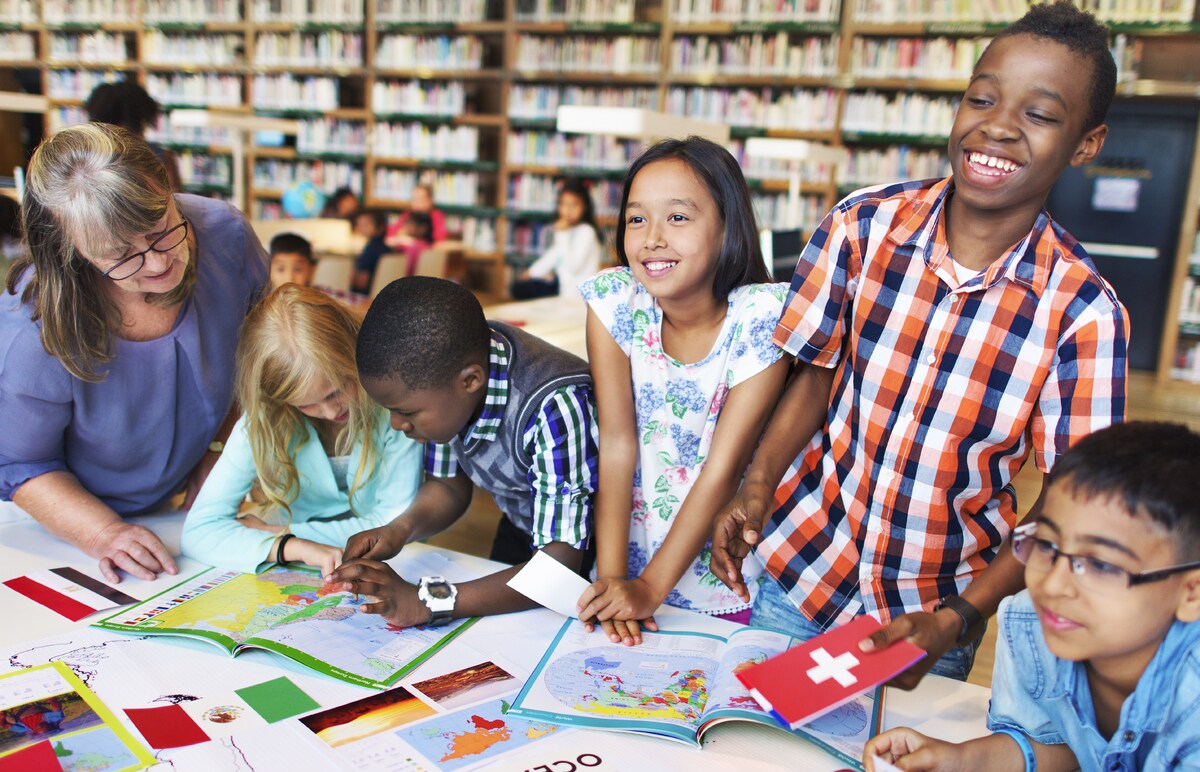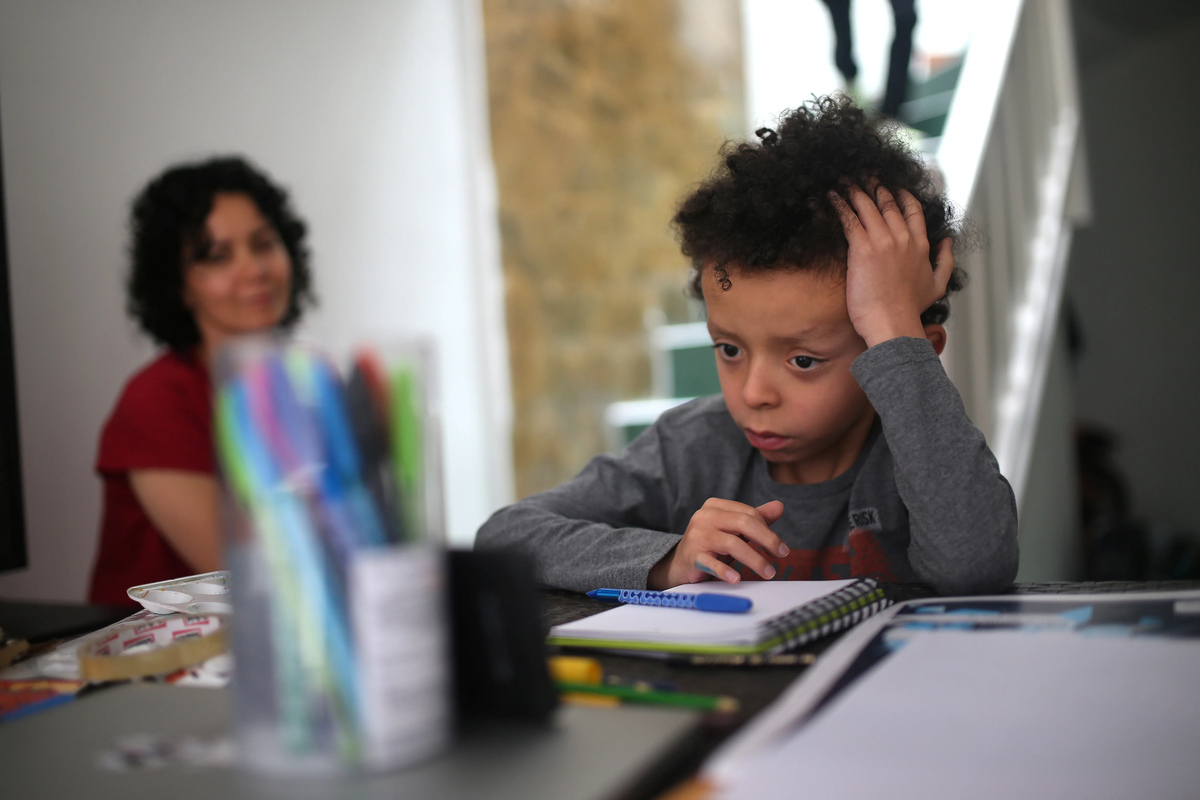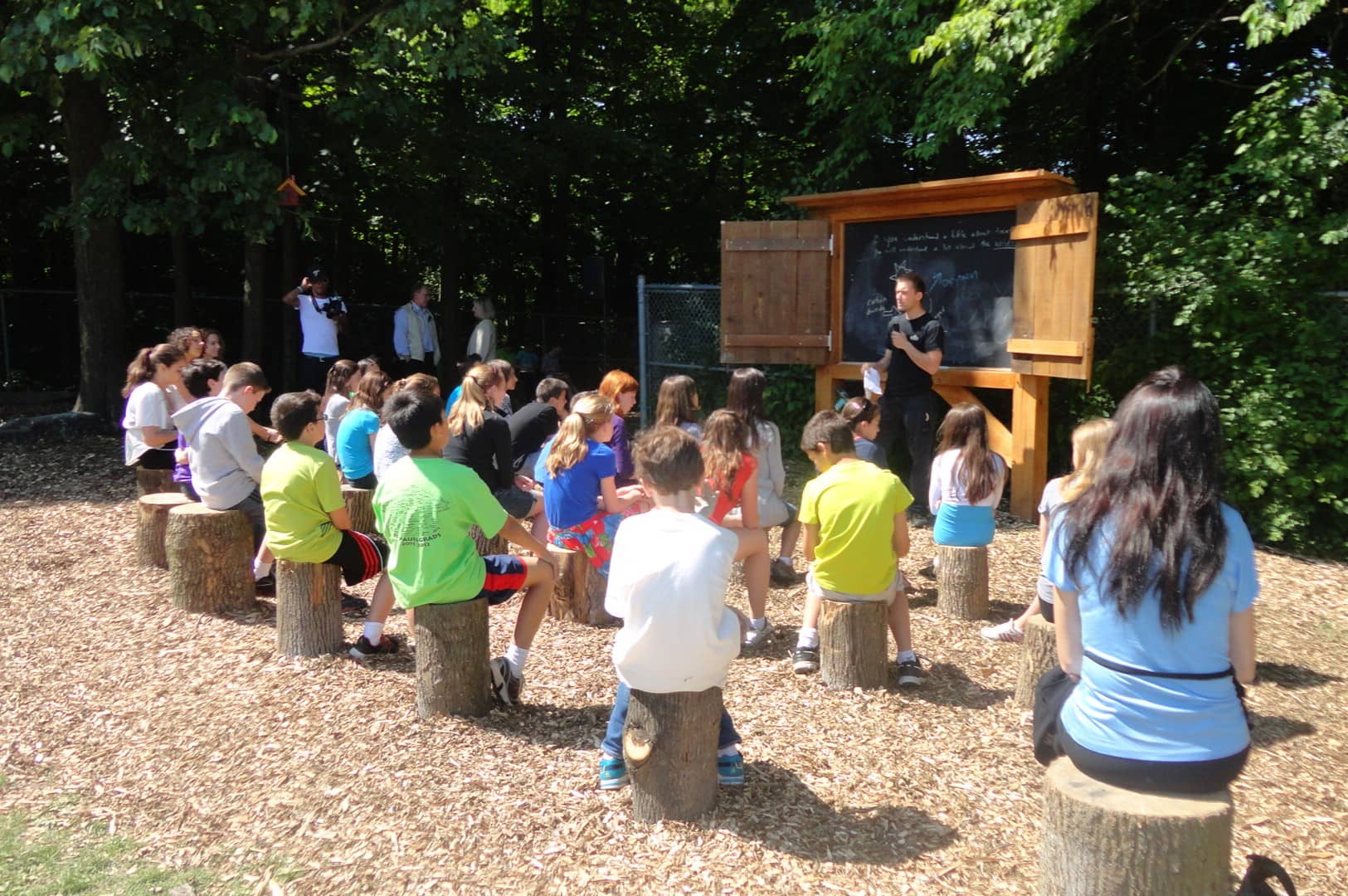Home>Health & Lifestyle>Family & Pet-Friendly Home Design>How To Value Students Culture And Home Life In The Classroom


Family & Pet-Friendly Home Design
How To Value Students Culture And Home Life In The Classroom
Published: December 22, 2023
Learn how to create a family and pet-friendly home design that values students' culture and home life, making the classroom a welcoming and inclusive space.
(Many of the links in this article redirect to a specific reviewed product. Your purchase of these products through affiliate links helps to generate commission for Storables.com, at no extra cost. Learn more)
Understanding Students’ Cultural Backgrounds
Understanding the cultural backgrounds of students is crucial for creating a supportive and inclusive learning environment. Each student brings a unique set of cultural experiences, traditions, and values into the classroom, which significantly shape their perceptions and learning styles. By acknowledging and embracing these differences, educators can better connect with their students and foster a sense of belonging and respect.
When delving into students’ cultural backgrounds, it’s essential to recognize the diversity within the classroom. Whether students come from different countries, regions, or ethnic backgrounds, their cultural heritage plays a pivotal role in shaping their identities. By taking the time to learn about the customs, languages, and celebrations that hold significance for each student, educators can gain valuable insights into their students’ lives outside the classroom.
Moreover, understanding students’ cultural backgrounds involves recognizing the impact of familial and community dynamics on their upbringing. For instance, some students may come from tight-knit extended families, while others may have been raised in single-parent households. By acknowledging these variances, educators can better comprehend the support systems and challenges that students may encounter at home.
By valuing students’ cultural backgrounds, educators demonstrate a genuine interest in their students’ lives beyond academic achievements. This approach fosters a sense of trust and mutual respect, laying the foundation for meaningful connections between educators and students. Ultimately, understanding students’ cultural backgrounds allows educators to tailor their teaching approaches to honor and accommodate diverse perspectives, thereby enriching the overall learning experience for all students.
Key Takeaways:
- Embracing students’ cultural backgrounds and home life in the classroom creates a supportive and inclusive environment, fostering trust, respect, and diverse perspectives for a richer learning experience.
- Building positive relationships with students and their families strengthens trust and collaboration, celebrating diverse backgrounds and nurturing a supportive educational community.
Read more: How Home Life Effects Student Performance
Incorporating Students’ Home Life into the Classroom
Bringing students’ home life into the classroom can greatly enhance the learning experience and strengthen the bond between educators and students. Home life encompasses the daily routines, family dynamics, and cultural practices that significantly influence students’ lives outside of school. By incorporating elements of students’ home life into the classroom, educators can create a more relatable and inclusive learning environment.
One effective way to integrate students’ home life into the classroom is through culturally relevant teaching materials and resources. This may include literature, historical narratives, and artistic expressions that reflect the diverse backgrounds and experiences of the students. By incorporating culturally relevant content, educators validate and celebrate the heritage and traditions of their students, fostering a sense of pride and belonging.
Furthermore, educators can encourage students to share aspects of their home life through storytelling, family traditions, or personal artifacts. This not only provides an opportunity for students to express themselves but also allows their peers to gain a deeper understanding of each other’s backgrounds. By creating a platform for students to share their experiences, educators promote empathy, respect, and cultural appreciation within the classroom.
Another way to incorporate students’ home life into the classroom is by acknowledging and accommodating diverse family structures and dynamics. This may involve recognizing different caregiving arrangements, family traditions, and languages spoken at home. By embracing the diversity of students’ family lives, educators demonstrate inclusivity and respect for the various ways in which families function and thrive.
By incorporating students’ home life into the classroom, educators bridge the gap between students’ personal experiences and their academic pursuits. This holistic approach to education not only validates students’ identities and backgrounds but also enriches the learning environment with diverse perspectives and insights. Ultimately, by embracing students’ home life, educators create a supportive and culturally responsive classroom that nurtures the growth and success of all students.
Creating a Culturally Inclusive Classroom Environment
Establishing a culturally inclusive classroom environment is essential for fostering a sense of belonging, respect, and appreciation for diverse backgrounds. By creating a space where students’ cultural identities are valued and celebrated, educators can promote empathy, understanding, and academic success among all students.
One of the key strategies for creating a culturally inclusive classroom is to incorporate diverse perspectives and experiences into the curriculum. This involves selecting instructional materials, literature, and learning activities that reflect the cultural diversity present in the classroom. By exposing students to a wide range of cultural narratives and historical accounts, educators can broaden students’ worldview and promote cross-cultural understanding.
Furthermore, educators can implement collaborative learning activities that encourage students to share their cultural experiences and insights with their peers. By fostering open discussions and group projects that highlight diverse perspectives, educators create an environment where students can learn from each other and develop mutual respect for their cultural differences.
Language also plays a pivotal role in creating a culturally inclusive classroom. Educators can acknowledge and validate the languages spoken by their students, incorporating multilingual resources and providing support for language development. By embracing students’ linguistic diversity, educators demonstrate an inclusive approach to communication and learning, ensuring that all students feel empowered to express themselves in their preferred language.
Moreover, creating a culturally inclusive classroom involves promoting cultural awareness and sensitivity among students. Educators can organize cultural celebrations, guest speaker events, and field trips that expose students to various traditions and customs. By immersing students in cultural experiences outside of their own, educators foster a spirit of curiosity and appreciation for the richness of different cultures.
Ultimately, creating a culturally inclusive classroom environment requires ongoing reflection, dialogue, and collaboration among educators, students, and families. By prioritizing cultural inclusivity, educators not only enrich the educational experience but also equip students with the skills and mindset needed to thrive in a diverse and interconnected world.
Incorporate diverse literature, music, and art from students’ cultures into the curriculum to show respect and understanding for their backgrounds. This can help create a more inclusive and engaging learning environment.
Recognizing and Respecting Students’ Cultural Differences
Recognizing and respecting students’ cultural differences is fundamental to creating a harmonious and supportive learning environment. Each student brings a unique set of cultural norms, values, and traditions that shape their worldview and interactions with others. By acknowledging and honoring these differences, educators can cultivate an atmosphere of respect, empathy, and inclusivity within the classroom.
One of the key aspects of recognizing students’ cultural differences is acknowledging the diverse ways in which students communicate and express themselves. This includes understanding nonverbal cues, body language, and variations in communication styles that may differ across cultures. Educators can encourage open dialogue about communication preferences and provide opportunities for students to express themselves in ways that align with their cultural norms.
Moreover, educators can demonstrate respect for students’ cultural differences by incorporating diverse perspectives into the learning materials and instructional approaches. This may involve integrating global perspectives into the curriculum, showcasing diverse role models, and highlighting contributions from various cultures. By doing so, educators validate the richness of cultural diversity and provide students with a broader understanding of the world around them.
Respecting students’ cultural differences also involves recognizing the impact of cultural norms on learning styles and academic preferences. For example, some students may come from cultures that prioritize collaborative learning, while others may have been accustomed to more individualized approaches. Educators can adapt their teaching methods to accommodate diverse learning styles, ensuring that all students feel valued and supported in their academic endeavors.
Furthermore, educators can foster an environment of mutual respect and understanding by addressing stereotypes, biases, and prejudices that may arise from cultural differences. By promoting critical thinking and empathy, educators empower students to challenge misconceptions and embrace cultural diversity with an open mind.
Ultimately, recognizing and respecting students’ cultural differences is a continuous process that requires active engagement, empathy, and a commitment to creating an inclusive and equitable classroom. By embracing cultural diversity, educators lay the groundwork for a learning environment where every student feels affirmed, respected, and empowered to thrive.
Building Positive Relationships with Students and Their Families
Establishing positive relationships with students and their families is a cornerstone of creating a supportive and inclusive learning environment. By nurturing strong connections with students and their families, educators can gain a deeper understanding of students’ backgrounds, values, and aspirations, ultimately fostering a sense of trust and collaboration that enhances the overall educational experience.
One of the primary ways to build positive relationships with students is by demonstrating genuine care and interest in their well-being. Educators can engage in meaningful conversations with students, actively listen to their thoughts and concerns, and provide support and encouragement. By showing empathy and understanding, educators create a safe and nurturing space where students feel valued and respected.
Furthermore, educators can involve students’ families in the learning process by establishing open lines of communication and collaboration. This may involve regular updates on students’ progress, inviting families to participate in school events, and seeking input on students’ educational goals and needs. By involving families in their children’s education, educators demonstrate a commitment to partnership and shared responsibility for students’ success.
Another essential aspect of building positive relationships with students and their families is recognizing and celebrating their cultural traditions and achievements. Educators can organize events that showcase students’ talents, cultural heritage, and accomplishments, creating opportunities for families to actively participate and share their pride in their children’s achievements. By acknowledging and celebrating students’ diverse backgrounds, educators strengthen the bonds between the school and the families it serves.
Moreover, educators can provide support and resources to address the unique needs and challenges that students and their families may encounter. This may involve offering guidance on navigating educational systems, providing access to community resources, and advocating for the well-being of students and their families. By offering support beyond the classroom, educators demonstrate a commitment to the holistic development and success of their students.
Ultimately, building positive relationships with students and their families requires ongoing communication, empathy, and a genuine interest in understanding and supporting the diverse experiences and aspirations of the school community. By fostering strong relationships, educators create a collaborative and nurturing environment that empowers students to thrive academically, emotionally, and socially.
Frequently Asked Questions about How To Value Students Culture And Home Life In The Classroom
Was this page helpful?
At Storables.com, we guarantee accurate and reliable information. Our content, validated by Expert Board Contributors, is crafted following stringent Editorial Policies. We're committed to providing you with well-researched, expert-backed insights for all your informational needs.
















0 thoughts on “How To Value Students Culture And Home Life In The Classroom”